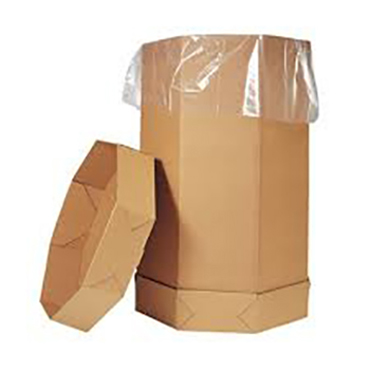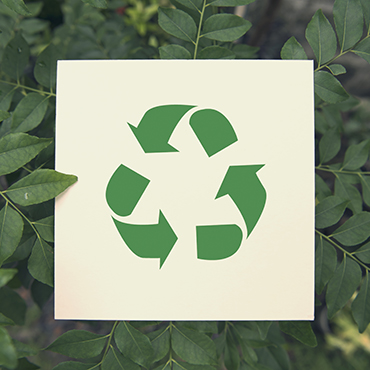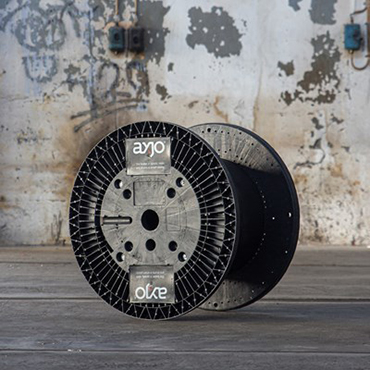OVERVIEW
Closing the circular loop
Plastic waste is no longer considered merely as a bi-product, but has potential to become a secondary raw material or end product.
Therefore, Prysmian Group factories are focusing on reducing and recycling plastic waste from their value chains - whether it be from raw materials, manufacturing processes or product packaging.
Including taking actions to close the loop for our plastic waste, through purchase of upcycled products made with our waste materials.





